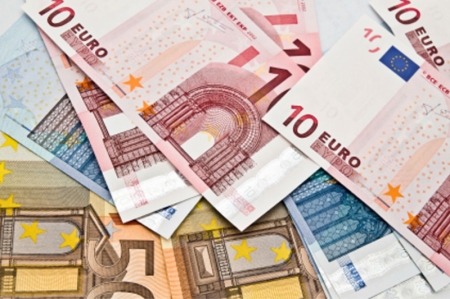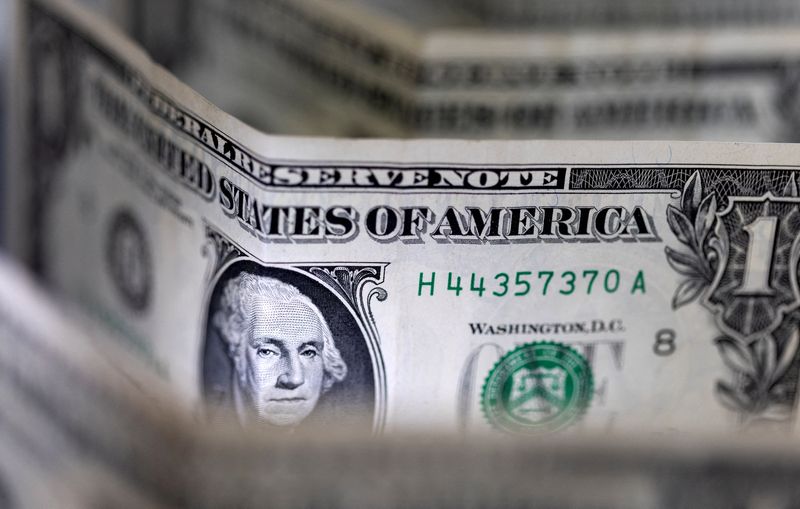Forex
Dollar edges higher ahead of key U.S. payrolls release


© Reuters
Investing.com – The U.S. dollar traded higher Friday, on course for another positive week, ahead of the release of the monthly U.S. nonfarm payrolls which could influence Federal Reserve thinking.
At 03:40 ET (07:40 GMT), the Dollar Index, which tracks the greenback against a basket of six other currencies, traded 0.2% higher at 106.279, below the 11-month high of 107.34 seen earlier in the week, but still on track for 12 straight weeks of gains.
September jobs data due
The September employment report is due later in the session, and is expected to show that 170,000 were created in the month, down slightly from the prior month.
The comes out at the same time, and is expected to tick lower to 3.7% from 3.8% in August.
It’s been a mixed week for labor market data, starting out with higher than expected as of the end of August, then lower than expected from ADP. Thursday’s ticked up from the prior week but were slightly below expectations.
That said, the data has generally been pretty resilient, reinforcing the Fed’s rhetoric of higher-for-longer rates, causing U.S. Treasury yields to soar and thus supporting the dollar.
“Market pricing remains well below the FOMC dot plot expectations,” said analysts at ING, in a note. “Ultimately, there is still room for a hawkish repricing at the front end of the USD curve, and the dollar’s upside risks remain substantial.”
Euro edges higher after German factory orders rise
rose 0.1% to 1.0535, remaining above this week’s fresh low of 1.0448, but the euro remains on course for a record losing run of 12 successive weeks against the dollar.
The single currency was helped by the news that rose more than expected in August, climbing by 3.9%, a significant improvement from the revised July drop of 11.3%.
“EUR/USD has rebounded from the 1.0450 lows but may lack enough buyers above the 1.0530/1.0550 area,” added ING. “The dollar remains an expensive sell, and there simply isn’t a compelling story in the eurozone to counter the U.S. exceptionalism narrative.”
Yen gains but remains below 150
climbed 0.2% to 148.86, remaining below the 150 level seen earlier this week which prompted speculation that Japanese authorities could have intervened in the currency market to shore up the battered yen.
Elsewhere, edged higher to 1.2193, with U.K. falling 0.4% on the month in September, according to data from Halifax, an improvement from the fall of 1.8% the prior month.

 Forex3 years ago
Forex3 years agoForex Today: the dollar is gaining strength amid gloomy sentiment at the start of the Fed’s week

 Forex3 years ago
Forex3 years agoUnbiased review of Pocket Option broker

 Forex3 years ago
Forex3 years agoDollar to pound sterling exchange rate today: Pound plummeted to its lowest since 1985

 Forex3 years ago
Forex3 years agoHow is the Australian dollar doing today?

 Cryptocurrency3 years ago
Cryptocurrency3 years agoWhat happened in the crypto market – current events today

 World3 years ago
World3 years agoWhy are modern video games an art form?

 Commodities3 years ago
Commodities3 years agoCopper continues to fall in price on expectations of lower demand in China

 Economy3 years ago
Economy3 years agoCrude oil tankers double in price due to EU anti-Russian sanctions




























